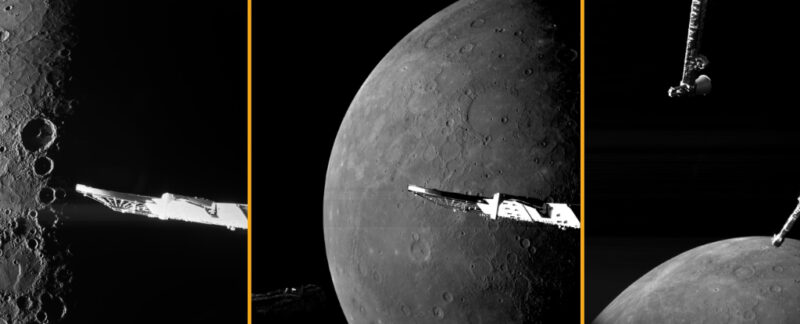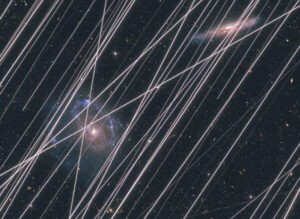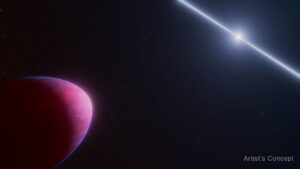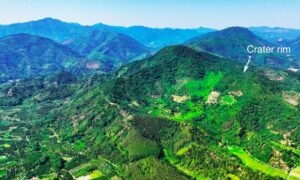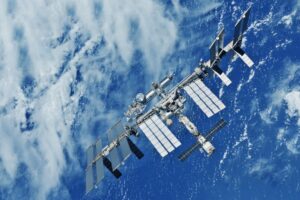The BepiColombo spacecraft has captured stunning new photos of Mercury’s alien surface, from its icy craters to its sun-baked plains.
A low flyby
On January 8, the spacecraft passed the tiny planet for the sixth time. Flying just 295km above Mercury’s North Pole, its close-up images gave us an unprecedented perspective of the planet’s surface.
BepiColombo initially flew over Mercury’s night side before passing above the North Pole and the “terminator” — the boundary between day and night. Here, elevated crater rims cast even dark shadows across the craters’ shaded floors. These are some of the coldest places in our solar system despite how close Mercury is to the Sun.
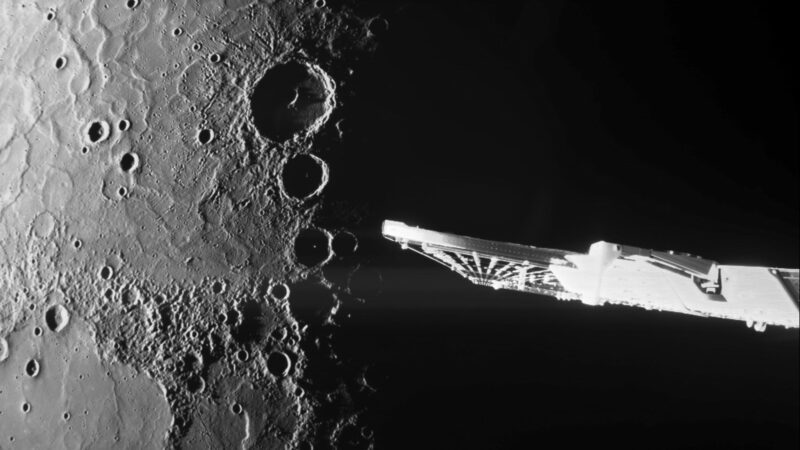
The ‘terminator.’ Photo: ESA
Other images show the vast volcanic plains known as the Borealis Plantia. Billions of years ago, lava flowed across the surface during volcanic eruptions, creating these smooth plains.
Young features
The spacecraft also filmed some of the Mecury’s younger features, including Nathair Facula, a 40km wide volcanic vent. Deposits 300km in diameter reveal what the European Space Agency (ESA) called “the aftermath of the largest volcanic explosion on Mercury.”
Another “young” feature is the Fonteyn Crater, formed a relatively recent 300 million years ago.
It is easy to spot younger features on Mercury because they look bright on the otherwise dark planet.
“Scientists don’t yet know what exactly Mercury is made of, but it is clear that material brought up from beneath the outer surface gradually becomes darker with age,” the ESA said.
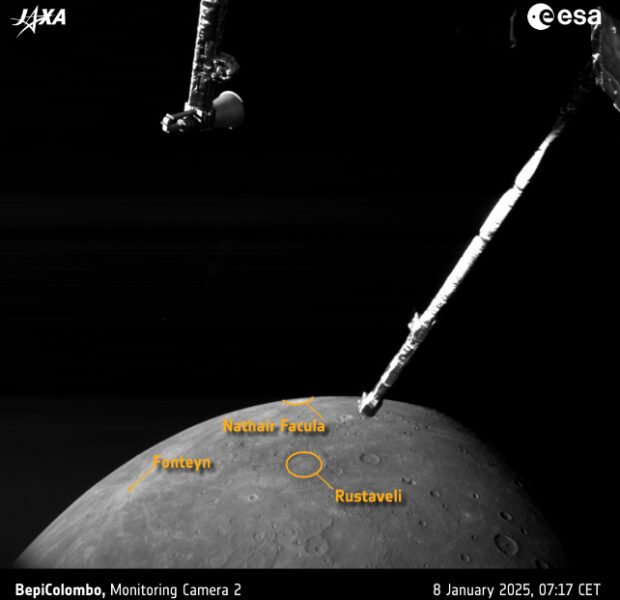
Photo: ESA/BepiColombo/MTM
A joint mission
BepiColombo is a joint mission by the ESA and the Japan Aerospace Exploration Agency (JAXA). Scientists built the spacecraft in the UK, and it launched in October 2018.
This flyby marked the final “gravity assist maneuver” needed to steer BepiColombo into Mercury’s orbit, where it should arrive in late 2026.
This is the last time the spacecraft will capture close-up images of the planet’s surface. When it arrives at Mercury two years from now, it will separate and deploy two orbiters. The Mercury Planetary Orbiter from ESA and the Mercury Magnetospheric Orbiter from JAXA will maneuver into polar orbits but will not come within 480km of the surface.
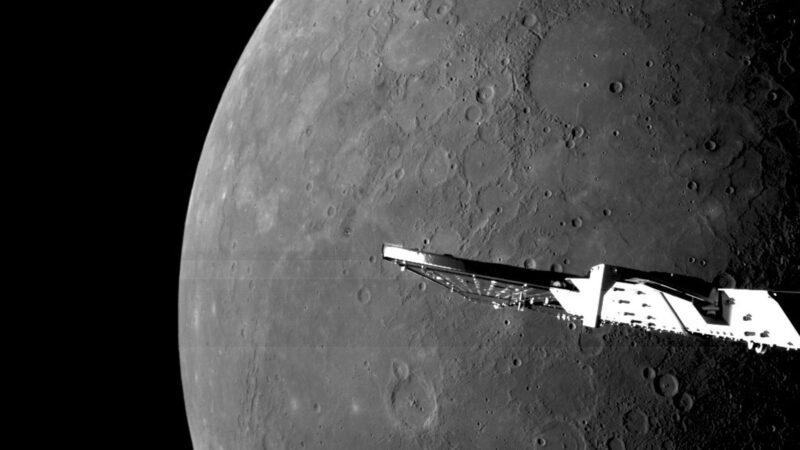
Photo: ESA
“BepiColombo’s main mission phase may only start two years from now, but all six of its flybys of Mercury have given us invaluable new information about the little-explored planet,” Geraint Jones, BepiColombo’s ESA Project Scientist, explained.
